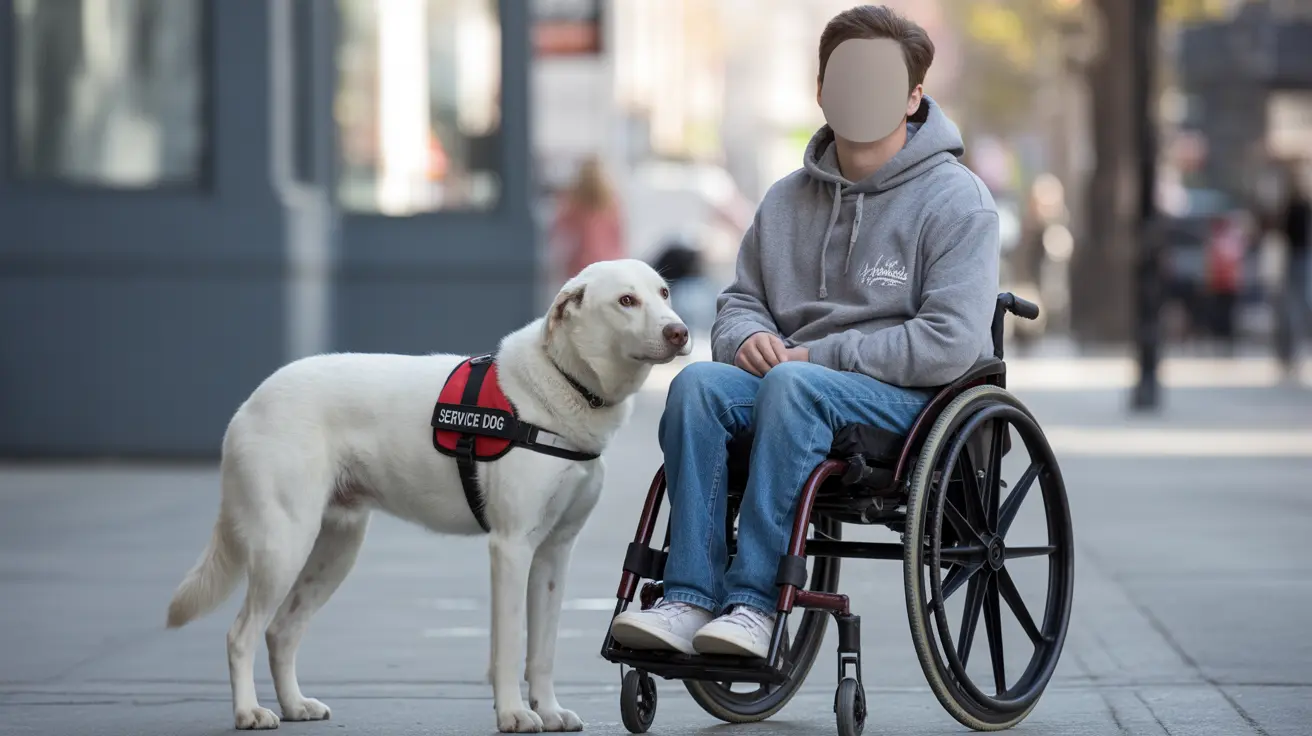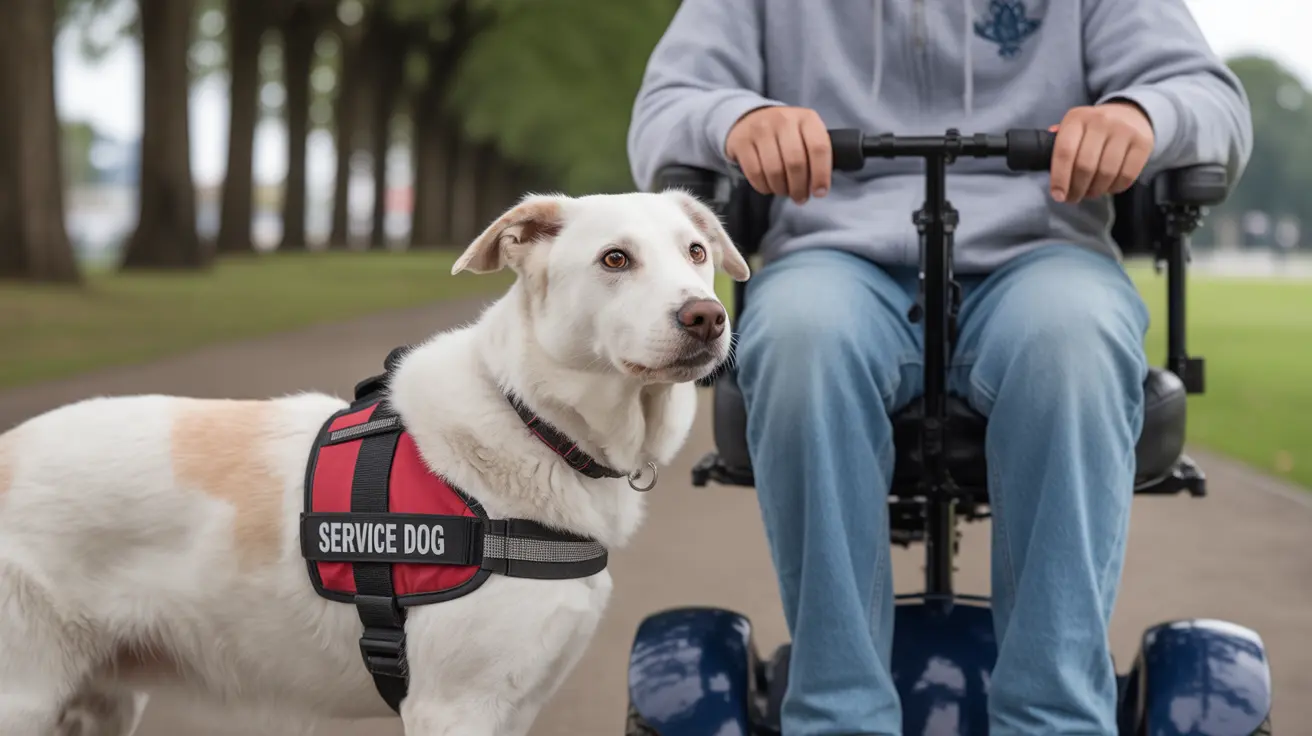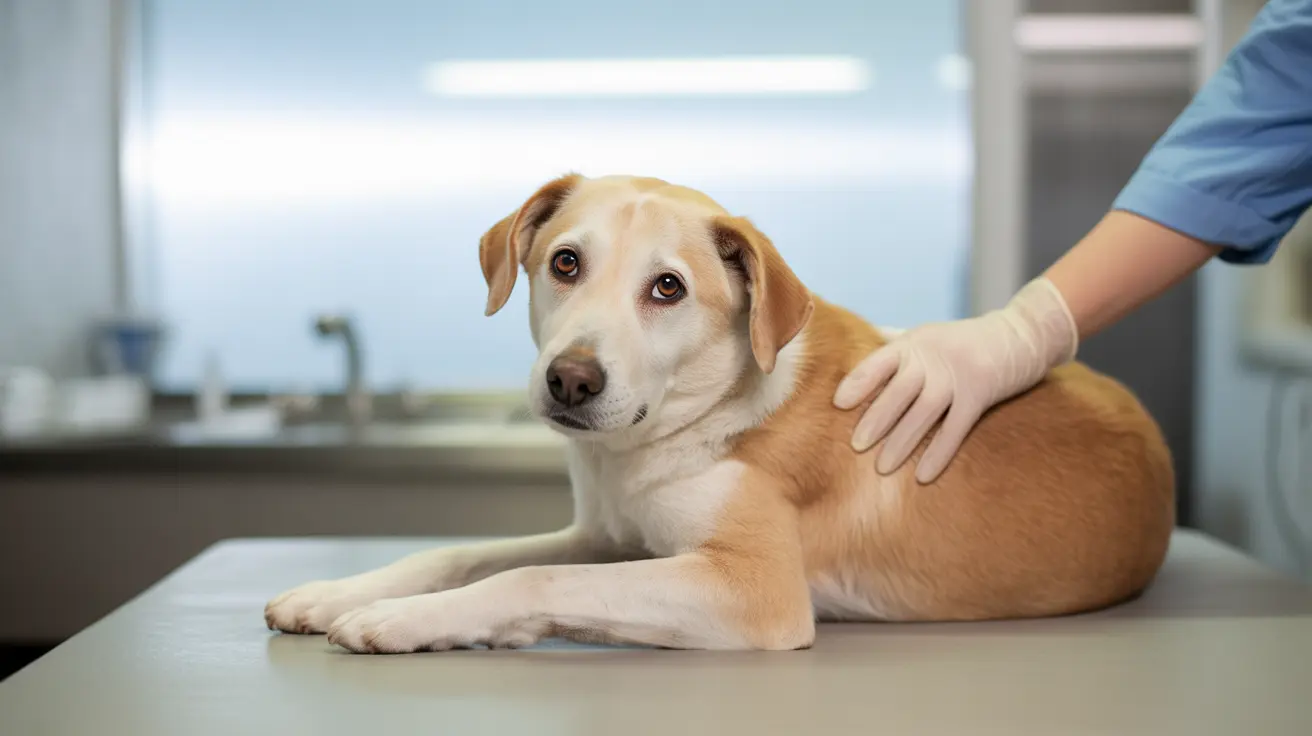Why Do Dogs Kick After Peeing?
If you've ever watched a dog finish peeing and then enthusiastically scratch or kick at the ground with their hind legs, you're not alone in wondering what drives this quirky behavior. It's a common sight at parks, sidewalks, and backyards everywhere. Let's explore why dogs kick after peeing and what this action means in the canine world.
The Instinct Behind the Kick
Dogs are creatures of habit, but many of those habits have deep roots in their evolutionary history. Kicking after urination isn't just a random quirk—it's an instinctive behavior tied to communication and territory marking.
- Scent Marking: When dogs kick at the ground, they're not only spreading their urine but also releasing pheromones from special scent glands located in their paw pads. The scratching motion helps distribute these scents over a wider area.
- Visual Signals: The visible marks left by scratching can serve as a visual cue to other dogs that someone has already claimed this spot.
How Scent Communication Works
Dogs rely heavily on scent for communication. Their urine contains chemical signals that convey information about gender, reproductive status, health, and even mood. By kicking and scratching after peeing, dogs amplify these messages:
- The act spreads urine droplets further from the original spot.
- Pheromones from the paws add another layer of scent.
- The disturbed earth or grass creates a physical marker that draws attention to the area.
This combination makes it more likely that other animals will notice—and respect—the marked territory.
Is It Just About Territory?
While territory marking is a big part of this behavior, it's not the only reason. Some dogs may kick out of excitement or as part of a routine they've developed over time. Others might do it more frequently if they feel threatened by nearby animals or want to assert dominance.
- Puppies usually learn this behavior by observing older dogs.
- Bolder or more dominant dogs tend to kick more vigorously or often than shy ones.
Does Every Dog Kick After Peeing?
No two dogs are exactly alike. Some never kick at all; others do it every time they relieve themselves. Breed can play a role—certain breeds with strong territorial instincts may be more prone to kicking—but personality matters just as much.
- Larger breeds may leave more noticeable marks due to their strength.
- Smaller breeds might still scratch energetically, even if they don't move much dirt.
Should You Worry About This Behavior?
Kicking after peeing is generally harmless (though it can be messy if your dog digs up your lawn). It's part of normal canine communication and rarely signals any problem with your dog's health or well-being. However, excessive scratching could lead to worn-down paw pads or minor injuries if your dog encounters sharp objects or rough surfaces repeatedly.
Tips for Owners
- If your dog kicks up dirt in unwanted places (like flower beds), try redirecting them to less sensitive areas for bathroom breaks.
- If you notice bleeding or limping after kicking episodes, check your dog's paws for cuts or debris stuck between the pads.
The Takeaway
The next time you see your dog energetically kicking after peeing, remember they're not just being silly—they're communicating in ways we humans can't fully appreciate. This ancient instinct helps them claim space, send messages to other animals, and feel secure in their environment. As long as it's not causing harm, let your pup enjoy this little ritual—it's part of what makes them uniquely canine!





